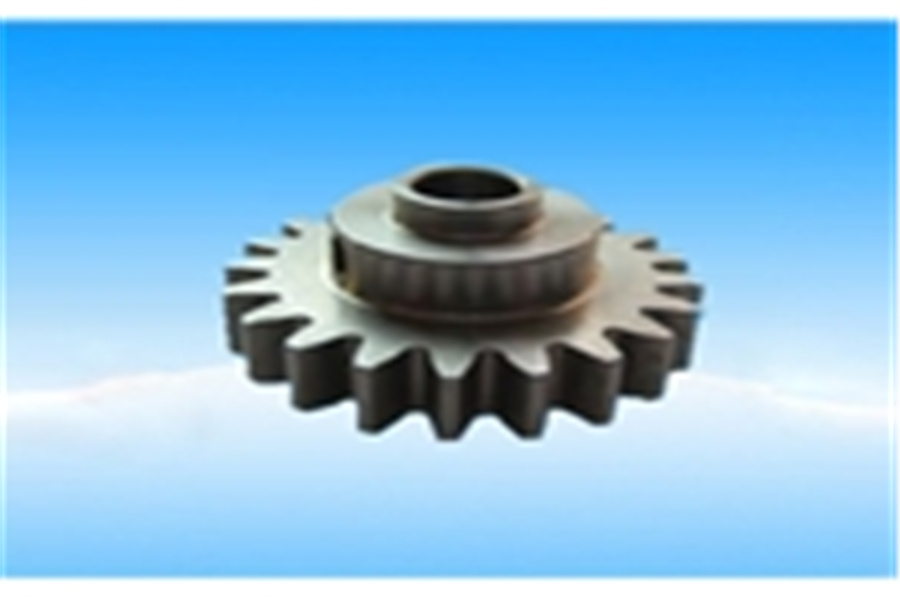Common metal forming process
Die-cutting process-knife die cutting process, the film panel or circuit is positioned on the bottom plate, the knife die is fixed to the template on the machine, and the force provided by the machine’s downward pressure is used to control the blade to cut the material. The difference between him and the punching die is that the cut is smoother; at the same time, by adjusting the laser cutting pressure and depth, it can punch out indentation, half-break and other effects. At the same time, the low-cost mold operation is more convenient, safer and faster.
Centrifugal casting is the technology and method of injecting liquid metal into a high-speed rotating mold, so that the molten metal fills the mold and forms a casting under the action of centrifugal force. The casting mold used in centrifugal casting, according to the shape, size and production batch of the die casting china, can choose non-metallic type (such as sand mold, shell mold or investment shell mold), metal mold or coating layer or resin sand layer in the metal mold Of casting.
Lost foam casting is to combine paraffin wax or foam models similar to the size and shape of the castings into model clusters. After brushing and drying refractory coatings, they are buried in dry quartz sand for vibration modeling and poured under negative pressure to gasify the models. , The liquid metal occupies the position of the model and forms a new casting method after solidification and cooling. Lost foam casting is a new process with almost no margin and precise molding. This process does not require mold taking, no parting surface, no sand core, so the casting has no flash, burr and draft angle, and reduces the core The size error caused by the combination.
Squeeze casting, also known as liquid die forging, is to inject molten metal or semi-solid alloy directly into an open mold, and then close the mold to generate a filling flow to reach the outer shape of the part, and then apply high pressure to make the solidified The metal (shell) is plastically deformed, the medical machining is subjected to isostatic pressure, and high-pressure solidification occurs at the same time, and the final product or blank is obtained. The above is direct squeeze casting; there is also indirect squeeze casting that refers to the molten metal or semi- The solid alloy is injected into a closed mold cavity through a punch, and high pressure is applied to make it crystallize and solidify under pressure to form a final product or blank.

Continuous casting is a casting method in which liquid metal is continuously poured at one end using a through mold, and the molding material is continuously drawn out from the other end.
Drawing is a plastic processing method that uses external force to act on the front end of the metal to be drawn to pull the metal blank from a die hole smaller than the cross-section of the blank to obtain a product of the corresponding shape and size. Since drawing is mostly performed in a cold state, it is also called cold drawing or cold drawing.
Stamping is a forming and processing method that relies on presses and molds to apply external force to plates, strips, pipes and profiles to cause plastic deformation or separation, so as to obtain workpieces (stamping parts) of the required shape and size.
Metal Injection Molding (MIM) is a new type of powder metallurgy near-net molding technology derived from the plastic injection molding industry. As we all know, plastic injection molding technology produces various complex shapes at a low price. The strength of the product is not high. In order to improve its performance, metal or ceramic powder can be added to the plastic to obtain a product with high speed machining and good wear resistance. In recent years, this idea has evolved to maximize the content of solid particles and completely remove the binder and densify the compact in the subsequent sintering process. This new powder metallurgy forming method is called metal injection molding.
Turning processing means that lathe processing is a part of mechanical processing. Lathe processing mainly uses a turning tool to turn a rotating workpiece. Lathes are mainly used to process shafts, discs, sleeves and other workpieces with rotating surfaces. They are the most widely used type of machine tool processing in machinery manufacturing and repair factories. Turning is a method of cutting the workpiece on the lathe by rotating the workpiece relative to the tool. The cutting energy of cnc turning china is mainly provided by the workpiece rather than the tool.
Turning is the most basic and common cutting method, and it occupies a very important position in production. Turning is suitable for machining revolving surfaces. Most workpieces with revolving surfaces can be processed by turning methods, such as inner and outer cylindrical surfaces, inner and outer conical surfaces, end surfaces, grooves, threads, and revolving forming surfaces. The tools used are mainly turning tools.
